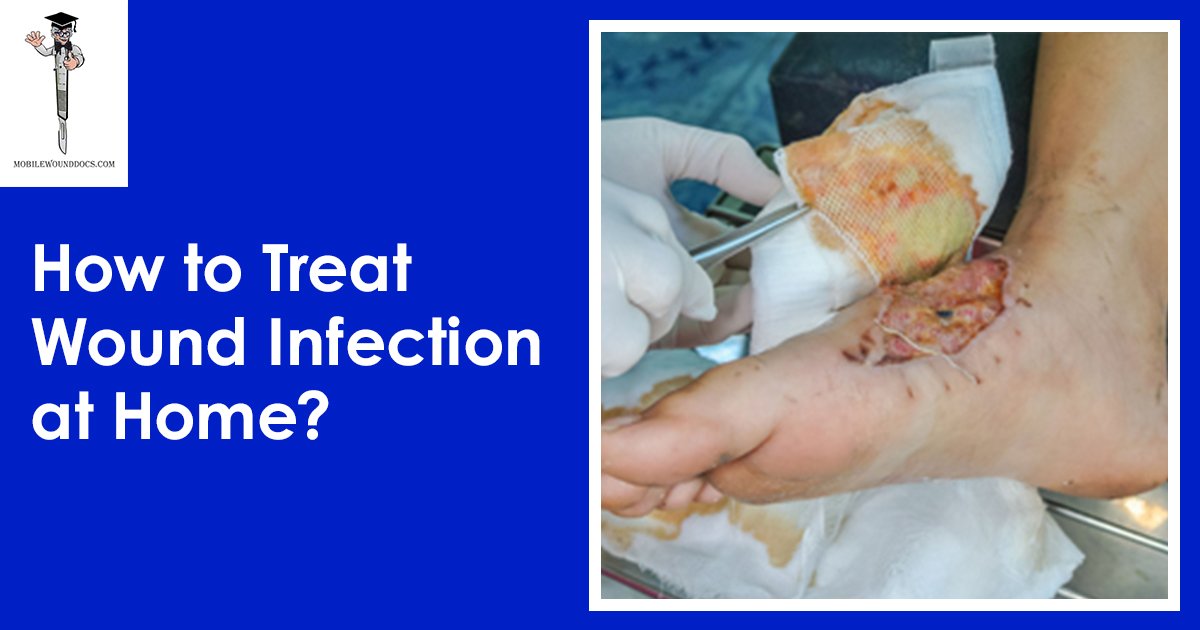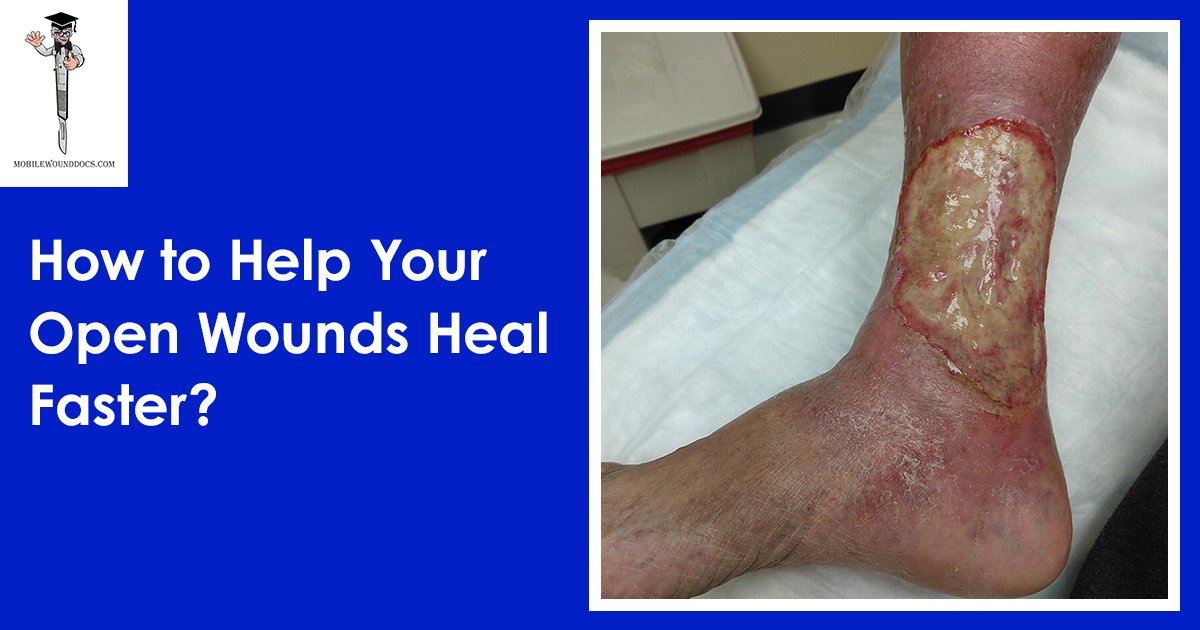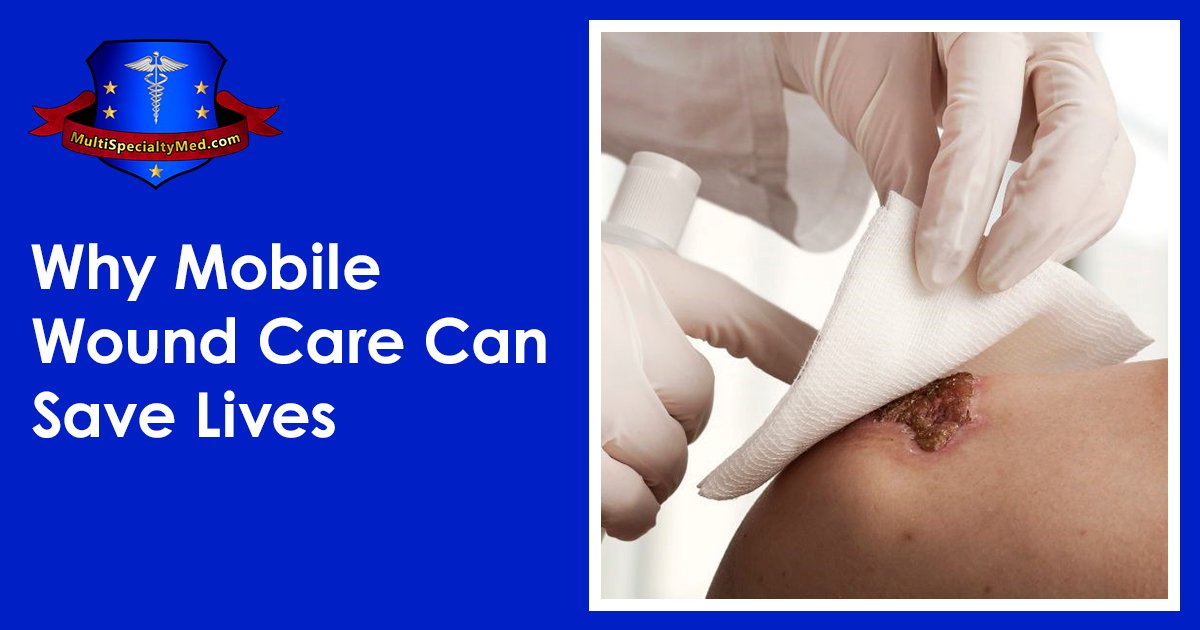Daniel Davidson, MD, MBA, DBA, PHD
Introduction:
A common wound care method is called “wet-to-dry dressing,” which entails moistening a wound and letting it dry before removing it. This technique is used to encourage the debridement of wounds, eliminate necrotic tissue, and speed up the healing process. This article explores the many wet-to-dry dressing styles and their mechanisms for accelerating wound healing.
Types of Wet-to-Dry Dressings:
Gauze Bandages:
Composition:
Layers of woven or non-woven cotton or synthetic material make up gauze dressings.
Moisture:
To hydrate the wound bed, these dressings are usually soaked with saline solution or wound irrigation solutions.
Application:
To ensure contact with the entire wound surface, the moistened gauze is placed directly onto the wound bed.
Covering:
To keep the moist gauze in place and stop it from drying out, a secondary dressing, either an adhesive bandage or transparent film, is applied.
Removal:
The dressing is carefully removed once it has dried, which frequently causes necrotic tissue and debris to stick to the gauze.
Dressings made of foam:
Composition:
Soft, absorbent materials like silicone foam or polyurethane are used to make foam dressings.
Excellent absorptive qualities allow these dressings to drain away extra wound exudate while preserving a moist wound environment.
Protection:
By cushioning and shielding the wound bed, foam dressings lower the chance of trauma and shear pressures.
Conformability:
They can adapt to diverse wound contours and locations because they come in a range of sizes and shapes.
Retention:
Because foam dressings cling to the wound bed rather than the healing tissue, they are simple to remove without inflicting damage.
Dressings made of algae:
Composition:
Calcium alginate fibers are found in alginate dressings, which are made from seaweed.
Gelling Action:
Alginate dressings take on a gel-like consistency when they come into touch with wound exudate, which facilitates autolytic debridement and the elimination of necrotic tissue.
Absorption:
These dressings can effectively manage mild to severely leaking wounds due to their high absorptive capacity.
Conformability:
Alginate dressings are easily packed into deep or tunneling wounds and conform to the shape of the wound.
Biocompatibility:
They can be used on a range of wound types, including infected wounds, because they are both biocompatible and biodegradable.
Hydrogel Dressings:
Composition:
Hydrogel dressings are made of gels based on water or glycerin that are used to moisten the wound bed.
Hydration:
By adding moisture to dry wounds, these dressings encourage autolytic debridement and make it easier to remove necrotic tissue.
Cooling Effect:
When applied to a dry or desiccated wound, hydrogel dressings have a cooling effect that eases pain and discomfort.
Transparency:
Certain hydrogel dressings can be easily seen on the wound without requiring the removal of the dressing.
Versatility:
They can be applied to wounds with little to moderate exudate, dry or necrotic wounds, and wounds with partial thickness.
How Does Wet-to-Dry Dressing Work?
Dressing Preparation:
The first step in the procedure is to prepare the dressing. Usually, saline solution or similar wound-cleaning solution is used to moisten sterile gauze or another suitable material. The dressing needs to be slightly damp, but not soggy.
Application to Wound:
To ensure that the moist dressing fits the entire afflicted region and follows the contours of the wound, it is applied directly to the wound bed. To guarantee that it touches every surface, deeper wounds can be carefully packed with it.
Covering with Secondary Dressing:
After the moist dressing is positioned, it is covered with a secondary dressing, like a non-adherent dressing or a dry gauze pad. This backup dressing gives the wound more protection and aids in preserving the moisture content of the primary dressing.
Permitting the Drying Period:
To enable the wet-to-dry dressing to dry and the moisture to go, it is usually left in place for four to six hours. In this period, the moist dressing sticks to the wound bed and any surrounding debris or necrotic tissue.
Removal of the Dressing:
The dressing is carefully taken off the wound after the drying period. Any fluid, debris, or necrotic tissue that may be on the wound bed is removed when the dressing is pulled off. We call this procedure mechanical debridement.
Promoting Debridement:
Debridement is aided by the removal of the dressing, which lifts away dead tissue and creates a cleaner wound bed by mechanically debriding the wound. In turn, this promotes tissue regeneration by fostering an environment that supports the body’s natural healing processes.
Repeat Applications:
Wet-to-dry dressing may be applied again for a number of dressing changes until the wound bed is clean and granulation tissue starts to form, depending on the amount of necrotic tissue present and the stage of wound healing.
Conclusion:
A flexible method of treating wounds, wet-to-dry dressing encourages the debridement of the wound, the elimination of necrotic tissue, and the acceleration of the healing process. Wet-to-dry dressings successfully stimulate granulation tissue formation, autolytic debridement, and absorption of excess exudate by sticking to the wound bed and enabling controlled drying. Wet-to-dry dressings continue to be an important weapon in the wound care toolbox since several varieties are available to meet different wound types and stages of healing.







